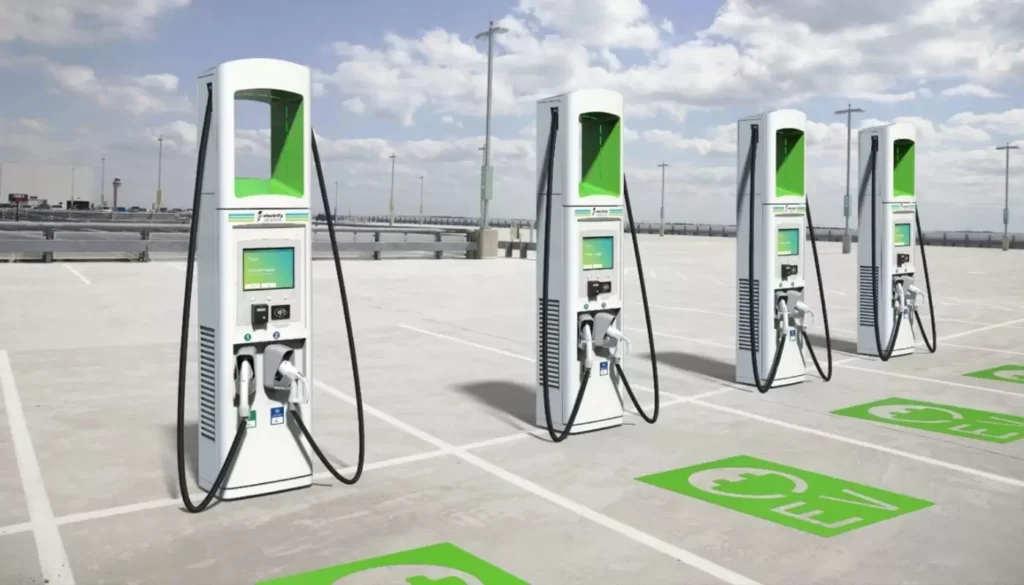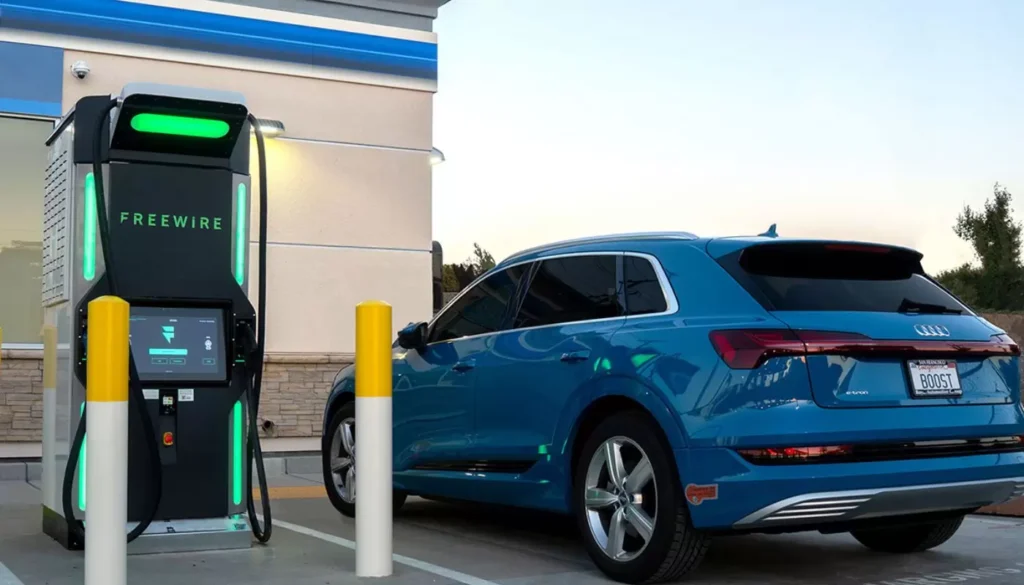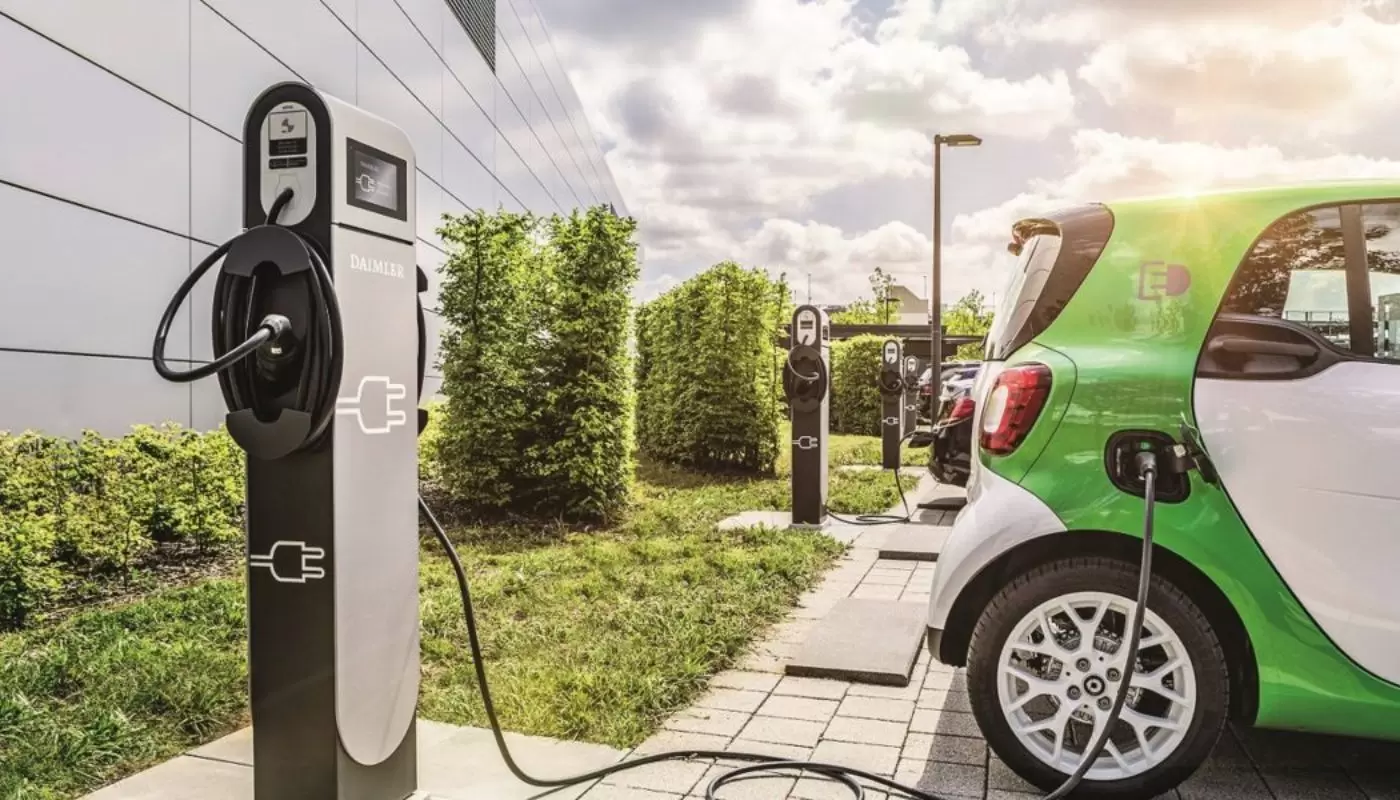In recent years, the global push towards sustainable transportation has brought electric vehicles (EVs) to the forefront of automotive innovation. Australia, like many countries, has been grappling with the challenges and opportunities presented by this shift.
This article delves into the state of EV charging points in Australia as of 2022, exploring whether the land down under has enough infrastructure to support its growing EV market. For our US readers, this analysis offers valuable insights into the global EV landscape and lessons that can be applied to the American context.
I. Introduction: The EV Revolution Down Under
Australia’s EV market has been gaining momentum, with EV sales skyrocketing in recent years. This surge isn’t just a local phenomenon; it’s part of a global trend that’s reshaping the automotive industry. But as more Aussies embrace electric cars, a crucial question arises: Can the country’s charging infrastructure keep pace?
Why should US readers care about Australia’s EV journey? Here’s the kicker: Both nations face similar challenges in transitioning to electric mobility. vast distances, diverse landscapes, and a mix of urban and rural populations. By examining Australia’s approach, we can glean valuable insights for the US EV community and policymakers.
II. Current State of EV Charging Points in Australia
Let’s dive into the numbers. As of 2022, Australia boasts an impressive network of public chargers. But what does this mean in real terms?
| Type of Charger | Number of Locations | Percentage of Total |
| AC Charging | 2,147 | 76.4% |
| DC Fast Charging | 663 | 23.6% |
| Total | 2,810 | 100% |
These figures show a significant increase from previous years, but how does this compare to the US? While the US has a larger overall network, Australia’s charging infrastructure is growing at a faster rate. This rapid expansion is partly due to the country’s smaller size and more concentrated population centers.
III. Types of EV Charging Points Available

Understanding the different types of charging stations is crucial for both EV users and policymakers. Let’s break it down:
- Level 1 (Slow Charging)
- Uses standard 120V AC outlets
- Typically adds 3-8 km of range per hour
- Ideal for overnight home charging
- Level 2 (Fast Charging)
- Uses 240V AC power
- Can add 30-40 km of range per hour
- Common in public spaces and workplaces
- Level 3 (DC Fast Charging)
- Uses high-powered DC current
- Can add up to 300 km of range in 30 minutes
- Crucial for long-distance travel
Australia has been focusing on increasing the number of Level 2 and Level 3 chargers to support long-distance travel and reduce “range anxiety” among EV owners.
IV. Are Australian EV Charging Points Sufficient?
The million-dollar question: Does Australia have enough charging points to support its growing EV market? Let’s crunch some numbers:
- Charging point-to-EV ratio: As of 2022, Australia has approximately one public charger for every 15 EVs. This ratio is better than many other countries, including the US, which has about one charger for every 20 EVs.
- Geographic coverage: While urban areas are well-served, rural regions still face challenges. The vast distances between cities pose unique hurdles for EV activity in the Australian outback.
- Urban vs. rural availability: Major cities like Sydney, Melbourne, and Brisbane have a high concentration of chargers. However, smaller towns and rural areas lag behind, creating potential “charging deserts.”
Case Study: The Electric Highway
In 2022, Australia completed its first “electric highway” – a network of fast chargers connecting Adelaide to Brisbane. This 5,000 km route showcases the potential for long-distance EV travel but also highlights the need for continued infrastructure development in remote areas.
V. Challenges Faced by Australia’s EV Charging Network

Despite progress, Australia’s charging infrastructure faces several hurdles:
- “Range anxiety”: Many potential EV users still worry about running out of power during long trips.
- Investment hurdles: The high initial cost of installing DC charging points can deter private investors.
- Grid capacity concerns: As EV activity increases, there are worries about the power grid’s ability to handle the additional load.
These challenges mirror those faced in the US, particularly in less populated states with vast distances between urban centers.
VI. Government Initiatives and Policies
Government EV policies play a crucial role in shaping the EV market. Australia’s approach includes:
- Federal EV strategy: The Australian government has committed to investing $250 million in charging infrastructure over the next four years.
- State-level incentives: Various states offer rebates and tax incentives for EV purchases and charger installations.
- Emissions reduction targets: Australia aims to reduce EV emissions by 43% below 2005 levels by 2030.
Comparing these policies to US initiatives reveals both similarities and differences. While both countries offer incentives, the US has more aggressive federal-level targets for EV adoption.
VII. Private Sector Involvement

The private sector is playing a significant role in Australia’s EV charging revolution:
- Major players: Companies like ChargeFox, Evie Networks, and Tesla are expanding their charging networks across the country.
- Innovative solutions: Some firms are exploring solar-powered charging stations and battery swap technologies.
- Partnerships: Collaborations between automakers, energy companies, and tech firms are driving innovation in the charging infrastructure space.
These developments mirror trends in the US EV market, where private companies are also taking the lead in expanding charging networks.
VIII. Future Projections
Looking ahead, Australia’s EV market shows promising growth potential:
- EV adoption: Projections suggest that EVs could make up 30% of new car sales by 2030.
- Charging infrastructure expansion: Plans are in place to double the number of public chargers by 2025.
- Energy landscape impact: The rise of EVs is expected to significantly influence Australia’s energy production and distribution strategies.
These EV market trends align with global patterns, including those observed in the US.
IX. Lessons for the US Market
Australia’s experience offers valuable insights for the US EV community:
- Focus on rural infrastructure: Both countries need to address the charging needs of less populated areas.
- Public-private partnerships: Australia’s success in leveraging private sector investment could be a model for US initiatives.
- Standardization: Australia’s push for standardized charging connectors could inform similar efforts in the US.
X. Conclusion
While Australia has made significant strides in developing its EV charging infrastructure, challenges remain. The country’s experience highlights the importance of balanced infrastructure development, supportive government policies, and private sector innovation.
For US readers, Australia’s journey offers a valuable case study in EV market development. As both nations continue to embrace electric mobility, the lessons learned and strategies employed will shape the future of transportation on both sides of the Pacific.
XI. Call to Action
As we witness this global shift towards electric vehicles, staying informed is crucial. Here’s how you can engage:
- Stay updated: Follow developments in both Australian and US EV markets.
- Get involved: Support local initiatives for EV charging stations in your community.
- Share knowledge: Spread awareness about the benefits of EVs and the importance of robust charging infrastructure.
By understanding global EV market trends, we can all play a part in shaping a more sustainable automotive future.
As the founder of TrustArmorInsurance, [Admin] the site in 2024 to offer reliable insurance solutions with a focus on trust and security. With a commitment to providing top-notch coverage and personalized service, TrustArmorInsurance aims to meet diverse needs with integrity and professionalism.











